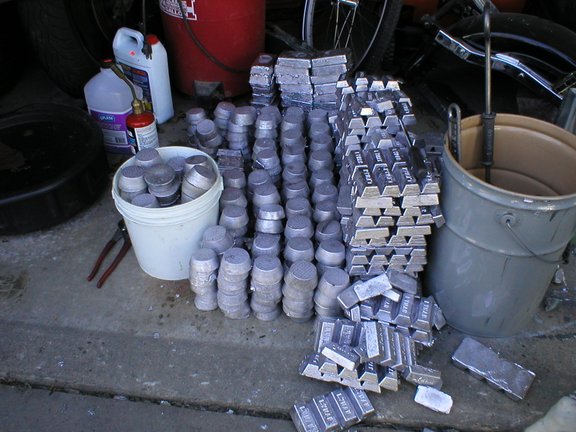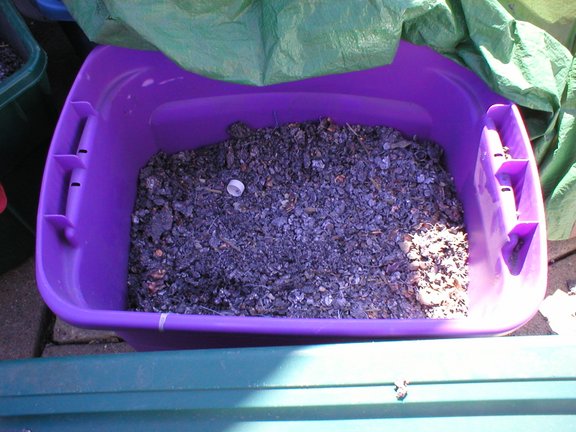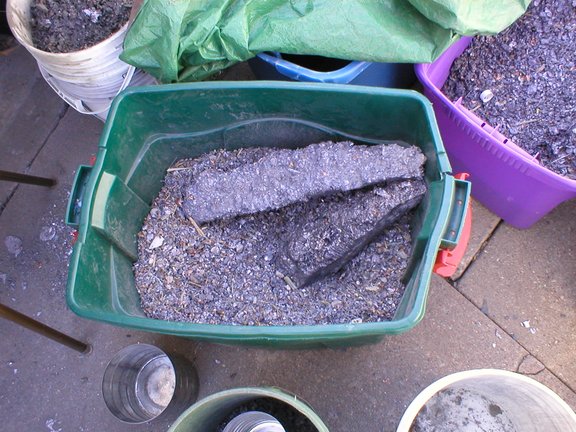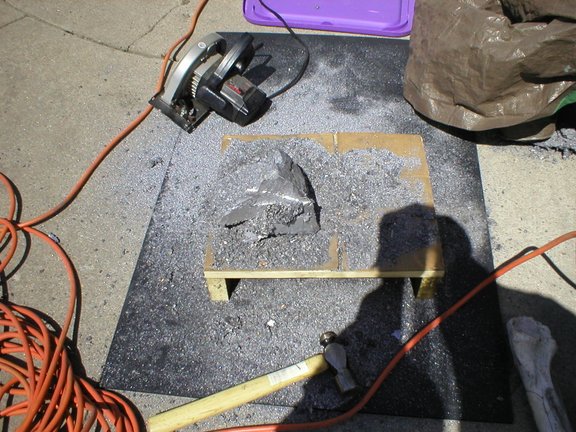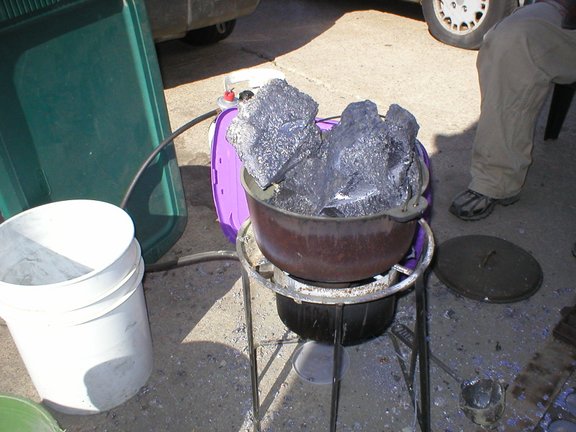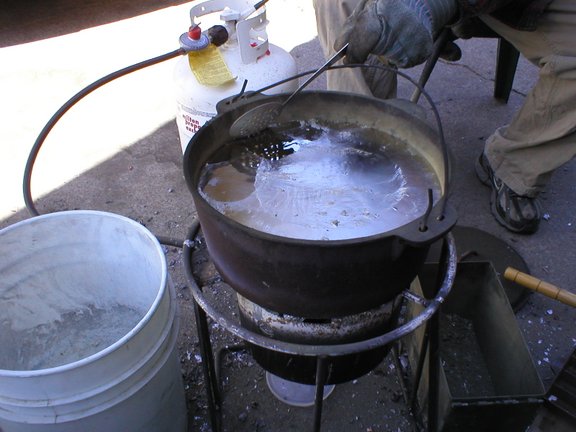Lee molds are fairly easy to tweak. Some don't even need tweaking. The only thing I do to mine that is not stated in the mold prep directions that comes with the mold is polish the mold cavity with a bullet cast by the mold, a drill bit, a drill, a screw, and some comet. Simply cast 2 bullets from the mold. Then, after the mold and bullets have cooled, place one of the bullets in the mold and close the mold. Chances are it will close most of the way, but not all the way. I then take a drill bit that is one size smaller than the sprue hole. Close the sprue plate completed and CAREFULLY drill a hole about 1/2 way through the bullet towards the nose. DO NOT DRILL THROUGH THE BULLET!! Once you have a hole, remove the bullet and hand tighten a screw into the hole. Then, wet the mold cavity and the bullet. Sprinkle some comet on the bullet and the place it back in the cavity. With the sprue plate open, close the mold. Again, the mold will not fully close. Now put a screw driver bit in your drill and slowly try to drill the screw into the bullet more. It may go a little deeper, but you will find that it bottoms out on the hole and begins to spin the bullet. THis is exactly what you want. Spin the bullet in the cavity until the mold fully closes. Do this for both cavities and your mold should drops the bullets MUCH better and should require less beating to get them to drop from the mold.
As far as fill out issues...well, I haven't had any. I have heard that you can SLIGHTLY widen and deepen your vent lines with a scribe...but I haven't had to.



